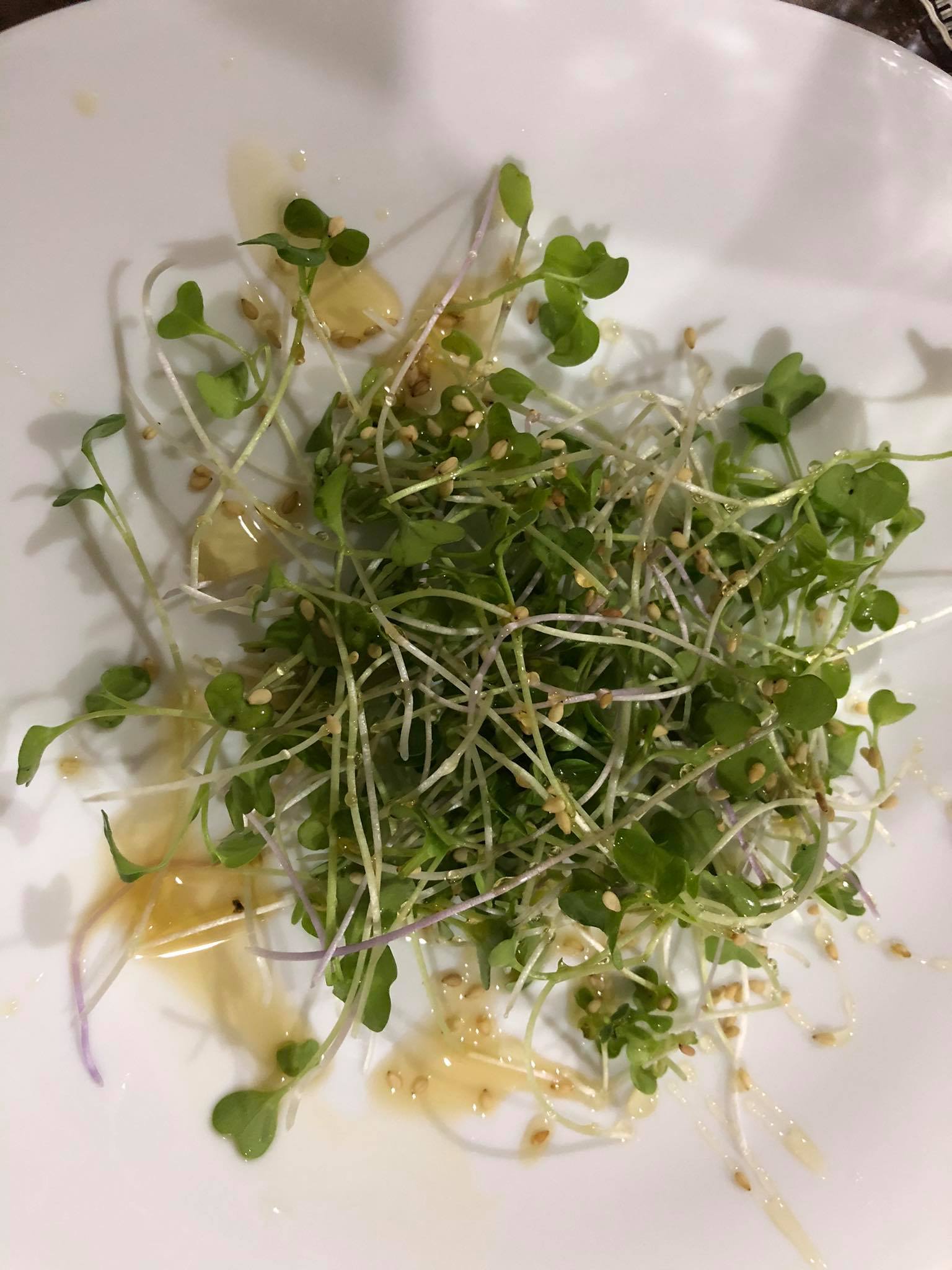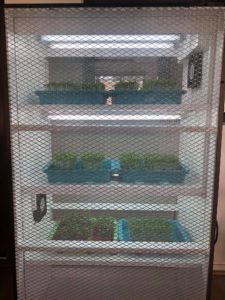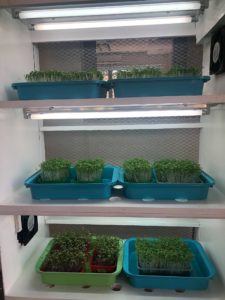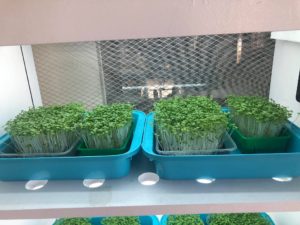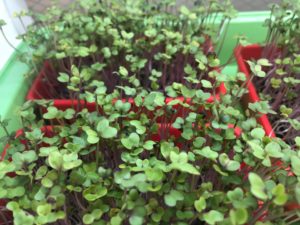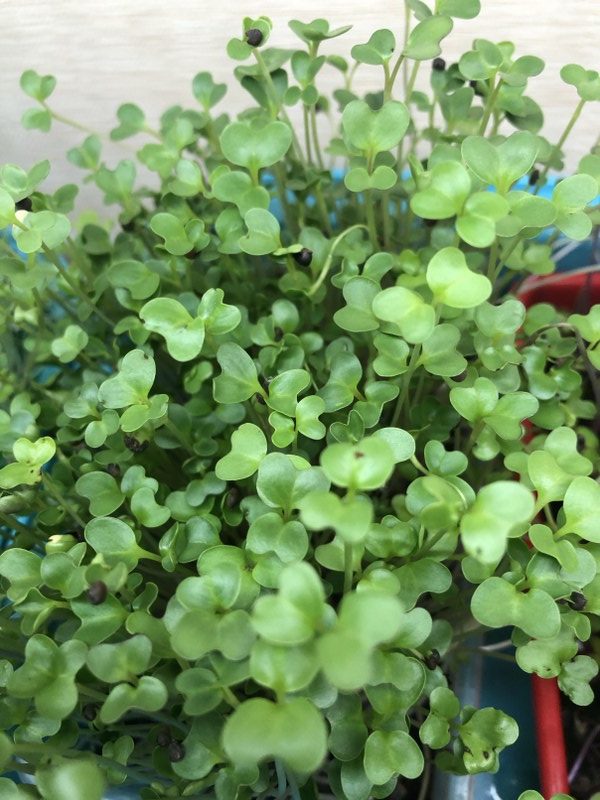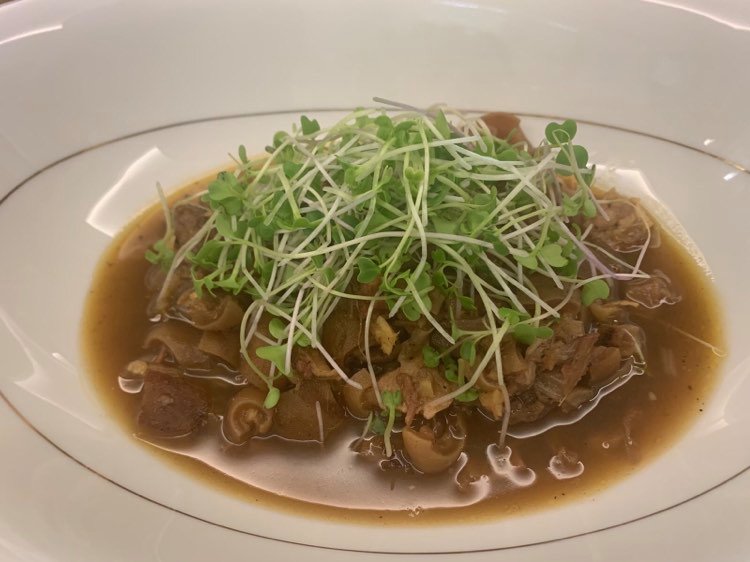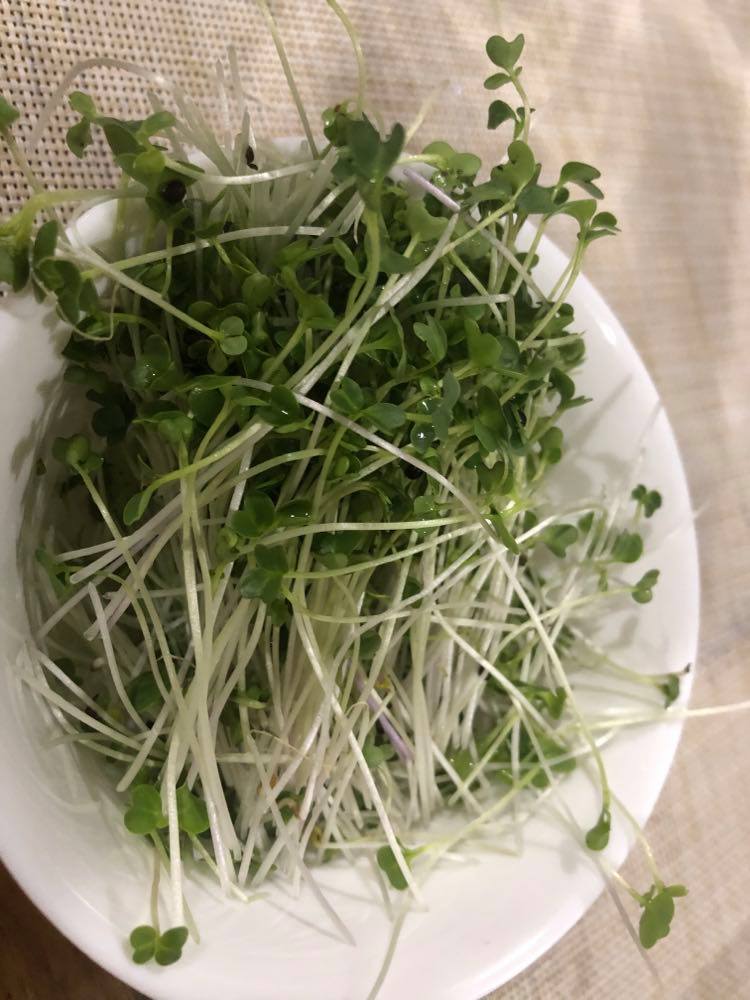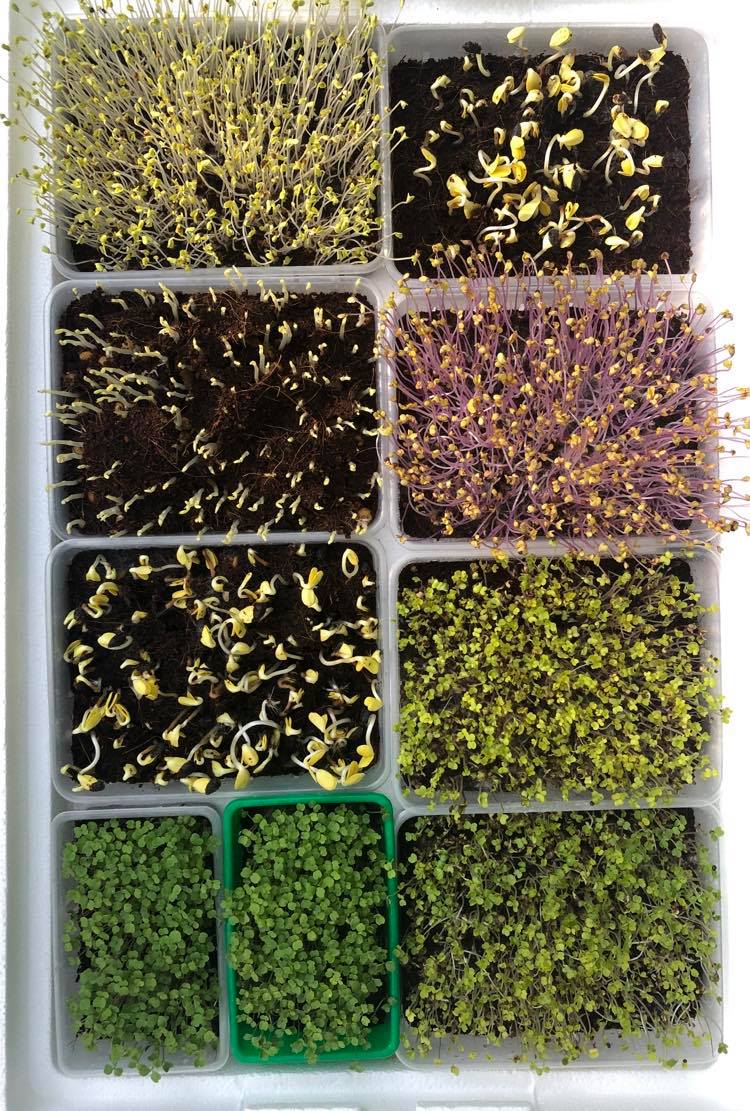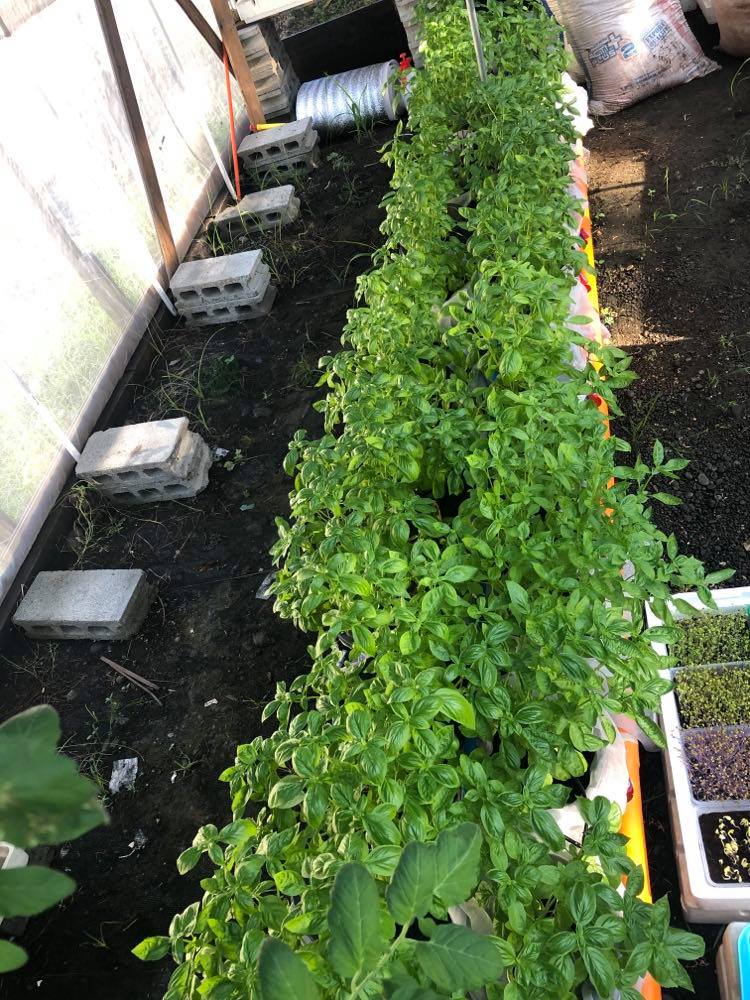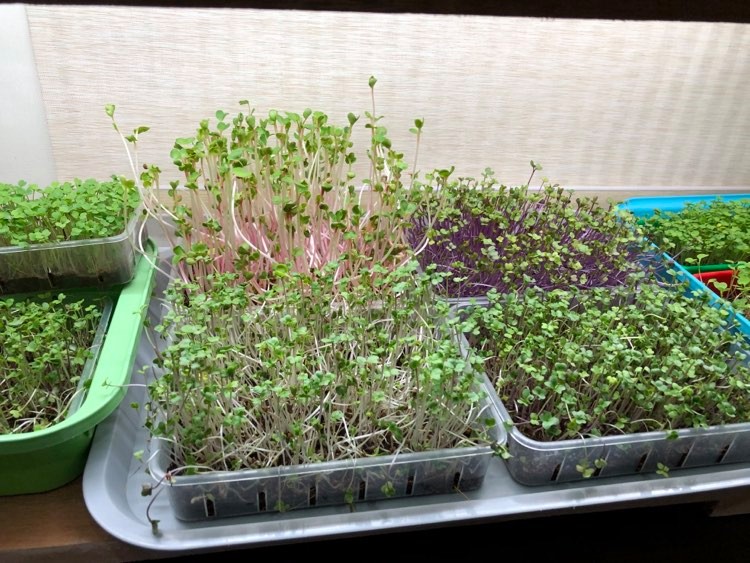One of the hardest part of being a parent is convincing my children to eat their vegetables. As the saying goes, the struggle is real.
Just recently, I introduced microgreens to them and the result really pleased me. They just dig in and get without counting how many pieces. They either use it as toppings or just put it straight into their mouth. The struggle is now gone. I am so inspired that I would like to share this experience with other parents out there who want to give their children the best of health. This is it pancit!
So for today, I’m serving Grey pea microgreens and Kale microgreens. Grey pea microgreens are high in Vitamin C, A and K. An excellent source of these three protective agents: folate, antioxidants and carotene. This is what me and my husband eat.
As for the kids, they eat the Kale. Kale microgreens are also high in antioxidants with anti-cancer properties. It is 30x more nutritious than its adult version. For more information on Kale microgreens, you may refer to https://yogreens.net/blog/the-easiest-but-definitely-not-the-weakest/
I plant microgreens every weekend which will be ready for harvest in 8 to 14 days.
Good news to my readers who reside in Davao City! If you want to serve microgreens to your family but do not have the time to plant it, we can do it for you. To know more, send us a pm through https://www.facebook.com/yogreens.
Stay healthy, #eatyogreens
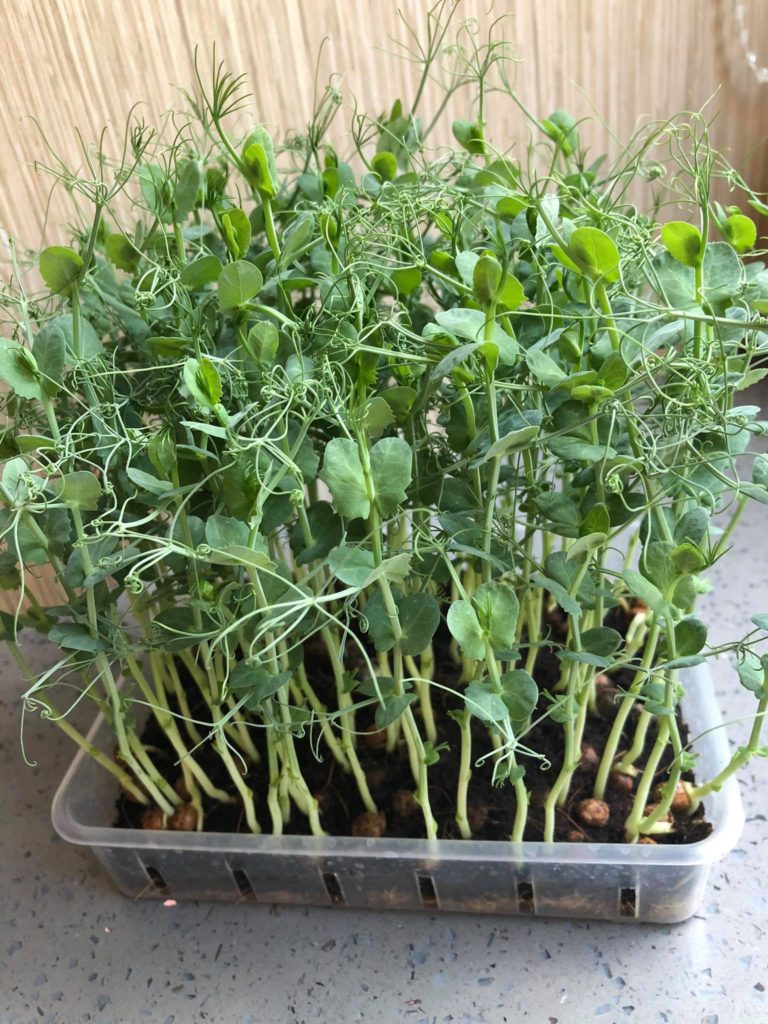
Grey Pea Microgreens 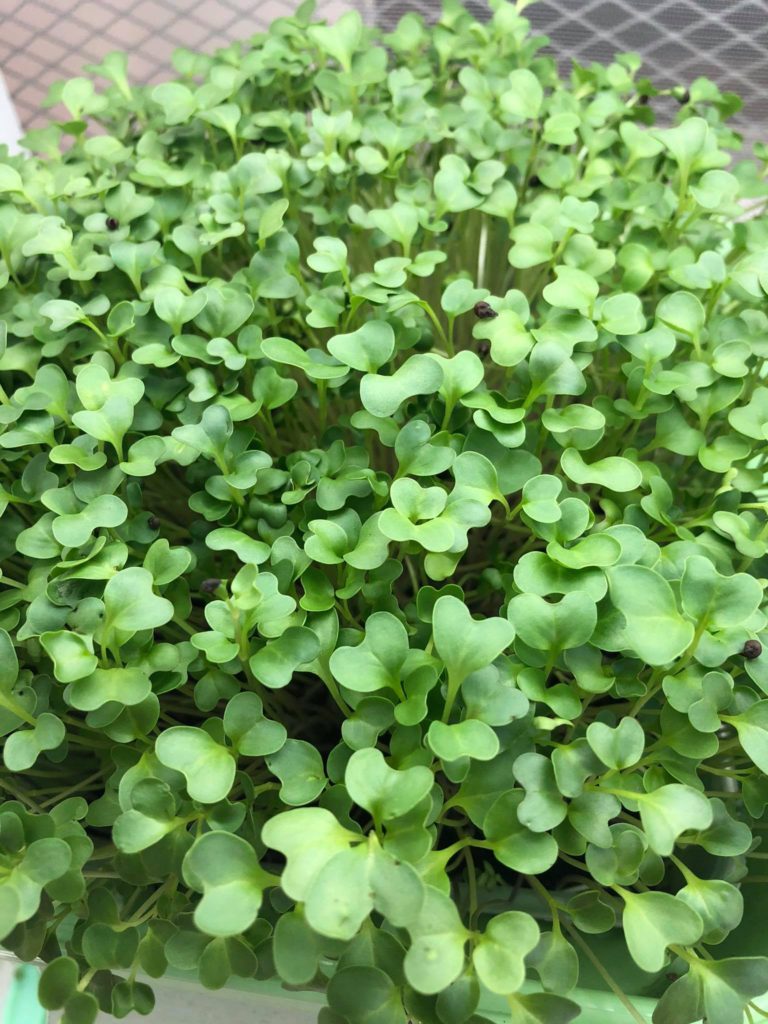
Kale Microgreens

